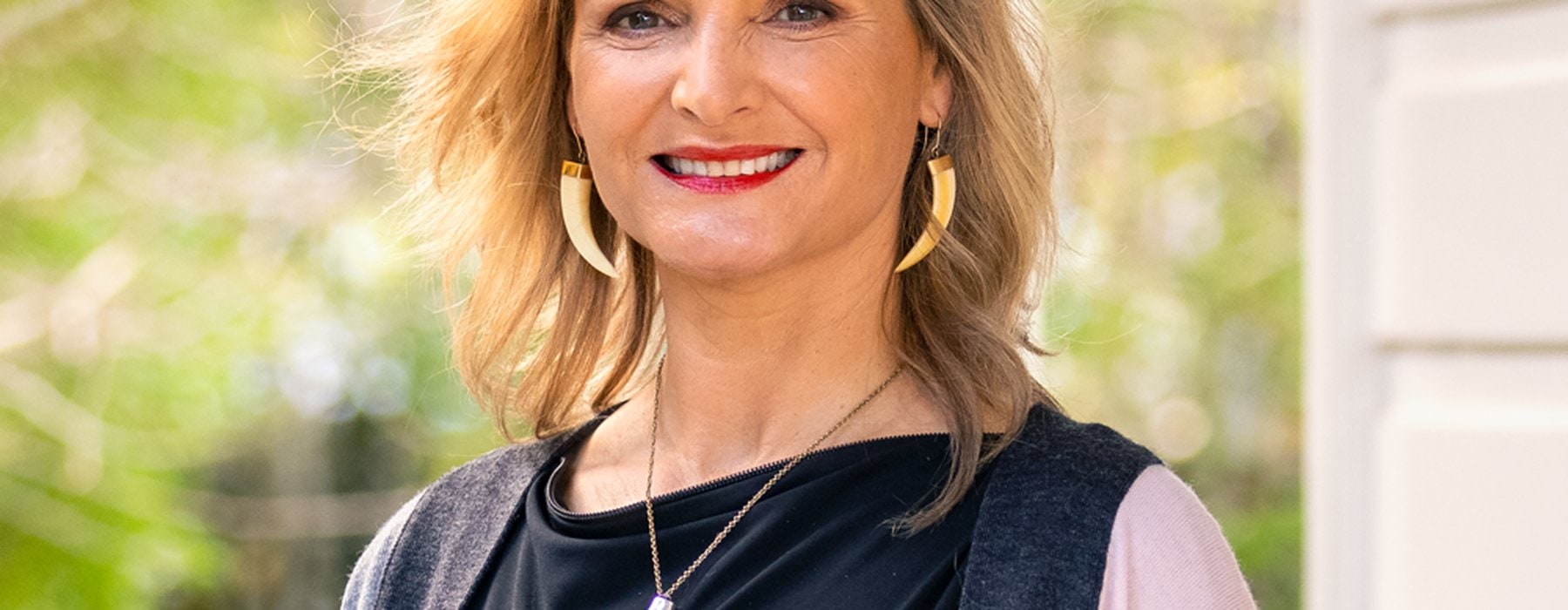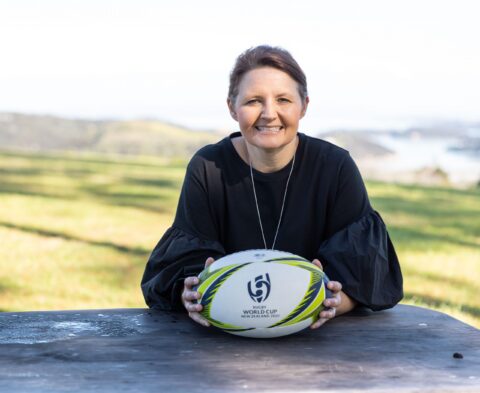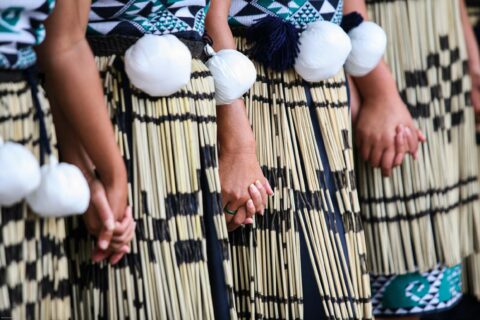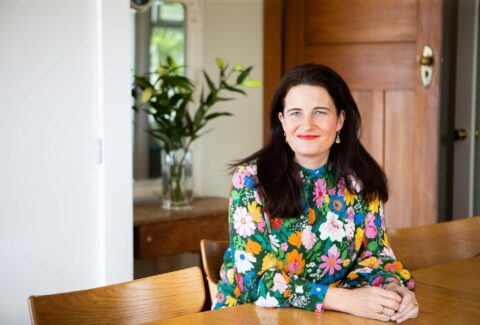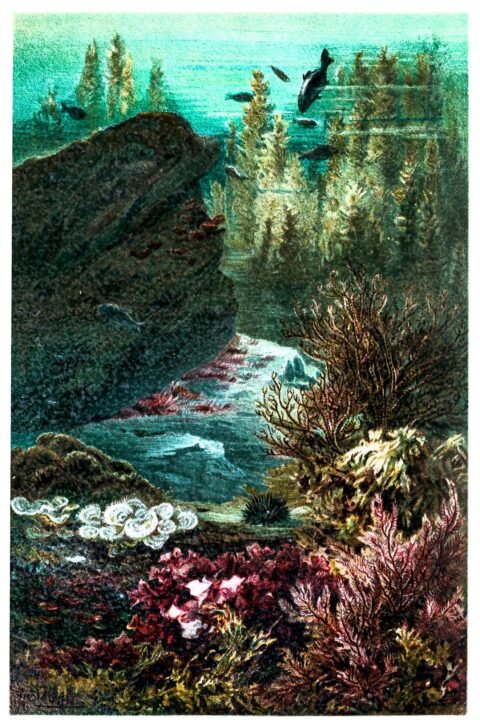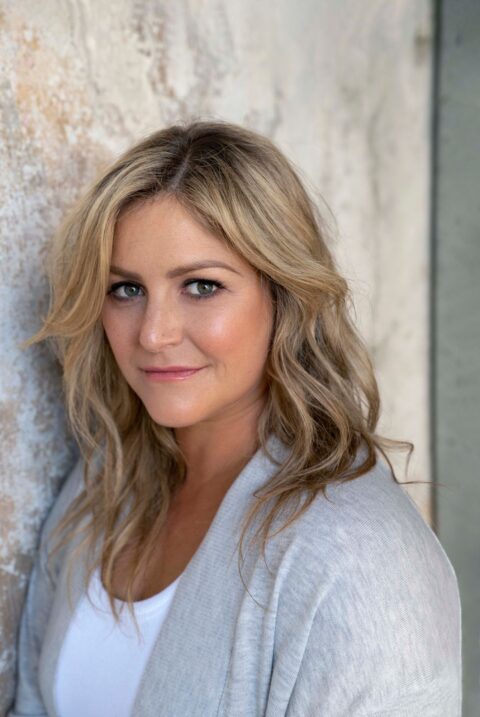Artist Merenia Gray tells Sarah Catherall how her moving new show helped her heal after huge loss.
Ballet dancing and tikanga Māori don’t usually go hand in hand, but for Kiwi creative Merenia Gray, the two have always been closely linked.
And now the dancer, choreographer and multi-disciplinary artist has created a groundbreaking work about karanga, the traditional call performed by wāhine to welcome visitors on to marae. It’s a deeply personal project for the 52- year- old, whose mother Tiahuia was one of this country’s most respected and revered kaikaranga (karanga performer).
In fact, Merenia remembers her mother welcoming Fleetwood Mac as they arrived in Wellington 40 years ago, as well as the Dalai Lama, Queen Beatrix of the Netherlands, and Olympic champion ice dancers Jayne Torvill and Christopher Dean.
“I remember Mum being in her beautiful korowai, going off to perform karanga. Judith Collins complains that Māori women can’t speak on the marae, but they can through karanga. That’s where women’s voices are heard,” says Merenia, who is of Ngāi Tahu, Rangitāne and Tainui decent.
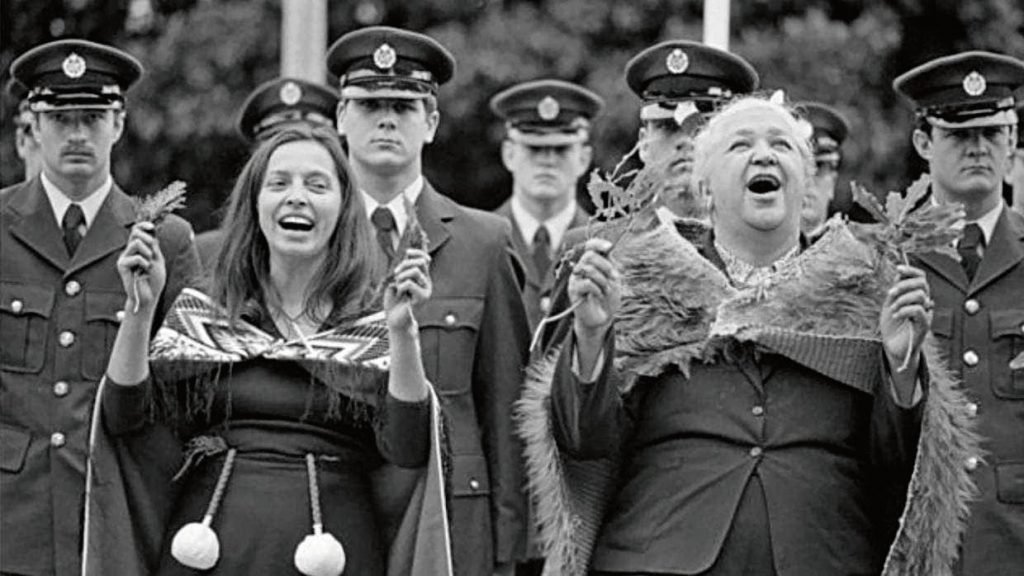
Tiahuia, who was widely respected in the Māori community as a kuia, died two years ago at the age of 75. She gifted her karanga manual to her daughter, who is now drawing on her mother’s life and heritage for her latest work, Karanga.
Bringing together a stellar cast of actors and dancers, the musical score has been compiled by legend composer Gareth Farr, showcasing many of the karanga and songs her mother created and sung. Backed by Creative New Zealand, Karanga was performed as a one-night-only special at Auckland’s Q Theatre in early August, and it’s also been made into a short film (screening December 13 on Sky Arts) by Merenia’s school friend Mary-Lyn Chambers, a filmmaker who has returned home from Los Angeles.
Auckland-based Merenia looks wistful as she reflects on her need to find her “second act’’ as a choreographer.
“There’s energy in my life now. I’ve got an opening and I’m using it as a tool for healing from the loss of my parents and as a real tribute to Mum, because she was such an extraordinary woman,’’ Merenia says.
But she was waiting for the right time, and that came this year when her second of three children left home, and her father Neil passed away, leaving what Merenia calls “space to create again’’.
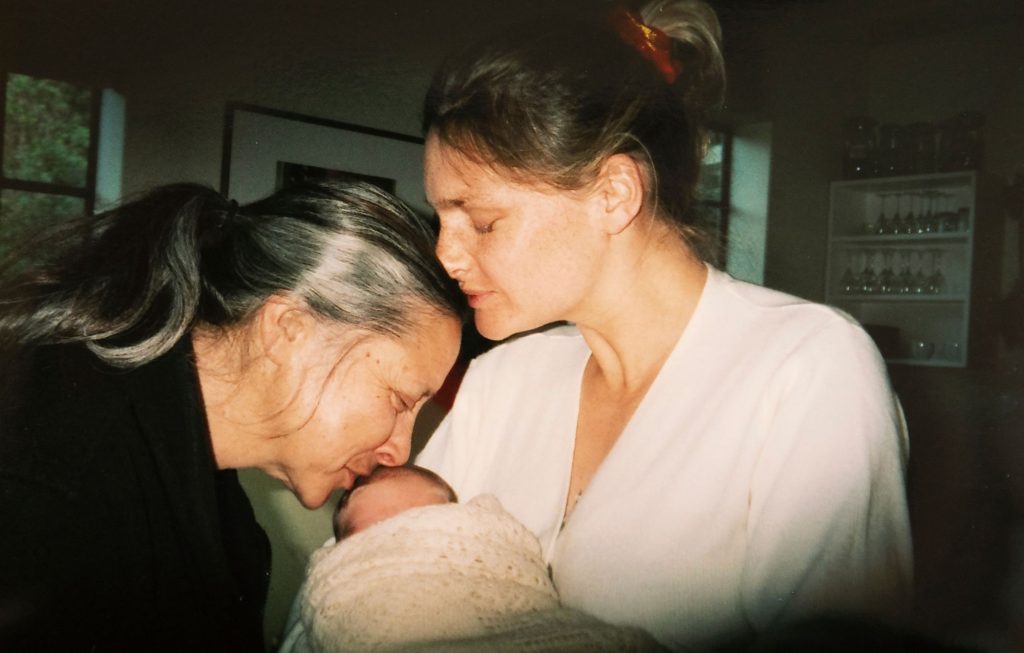
IMAGE SUPPLIED
She took her mother’s karanga manual, songs, letters and karanga – plus her own concerns about climate change – and used them to put together a multidisciplinary show.
And her mother’s influence is keenly felt. Born in 1944, Tiahuia was a whāngai (foster child) to Princess Te Puea Hērangi, who raised her on Tūrangawaewae Marae in Ngāruawāhia. There, Tiahuia became fluent in te reo and developed a deep understanding of tikanga Māori, the Pai Mārire religion, tangihanga (death customs) and karanga. She married Neil – a partner at a law firm – in 1965, and Tiahuia raised their five children (Merenia is the second eldest) in a bicultural household in Wellington.
Merenia started ballet classes at the age of four after her mother took her to see Swan Lake at Wellington’s Opera House. “I remember being totally bewildered and wondering why the dance had ended,” Merenia recalls. “Afterwards, I said to Mum, ‘I want to do that!’’’
Between ferrying her children to dance classes and after school sport, Tiahuia spoke fluent te reo Māori at home so her children would be immersed in the language. She also taught kapa haka dance classes at Ngāti Pōneke in Wellington, a club for urban Māori.
“I was doing ballet and also learning kapa haka and action songs and poi,” says Merenia. “Mum would go and perform kapa haka around New Zealand. The elders would teach the younger ones; it was a real club. We started each night with a karakia and we learned wonderful waiata ā-ringa [action songs].
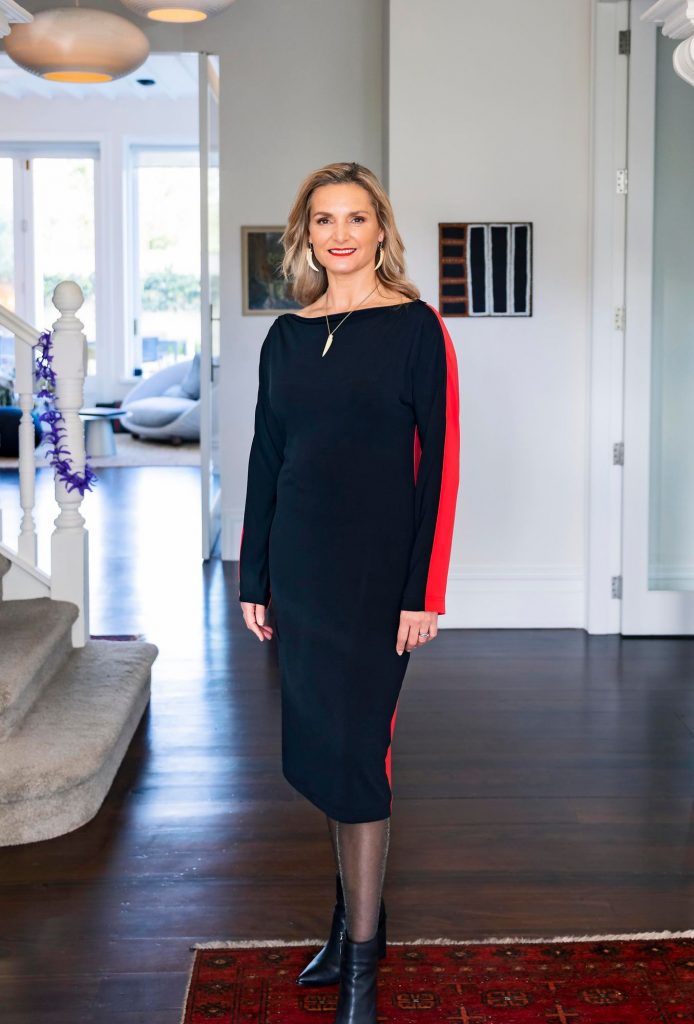
“Mum was amazing at straddling both cultures. She would be picked up by Black Power on the back of their bikes. She was their tikanga woman and she’d wear her black leathers to go off with them, and then the next night she’d be hosting a cocktail party for lawyers.’’
Merenia was christened Adrienne Merenia Gray, and was known by her first name until she went to a Māori dance group, Taiao Dance Theatre, in Auckland. It was 1990 and she was nearing the end of her full-time study at the New Zealand School of Dance. The Taiao dancers were all Māori and they started calling her by her middle name, Merenia.
“That became my stage name. It was my maternal grandmother’s name as well, so it felt right. Dad still called me Adrienne though, and anyone who knew me before 1989 still think of me as Adrienne,’’ she smiles.
Merenia’s dance career took her overseas to places including Australia, the United States, Munich, Poland, France and Denmark, and she performed in Spain at Seville Expo ’92 with Footnote Dance Company. Throughout all of this, her mother was there offering a guiding hand.
“Every time a work I created had tikanga Māori in it, Mum was my adviser. Now it is my brother, Tānemahuta Gray.’’
As a choreographer, Merenia has successfully blended classical and Māori dance, her style influenced by kapa haka, mau rākau (a traditional weapons-based martial art), ballet, contemporary dance and physical theatre. In 2005, she co-created the powerful work Maui – One Man Against the Gods, with her brother Tānemahuta, who is also a dancer and choreographer, and over the years she’s choreographed for Footnote and the Royal New Zealand Ballet. When Merenia premiered Rangimārie in 2013, her mother stood at the back of the Opera House and delivered a powerful karanga which left the audience awestruck.
“Tiahuia taught me all about the tikanga behind creativity. You’re not just creating from your own thoughts, you take your ancestors with you,” says Merenia. “She was a real traditionalist in her thinking. She would make sure things were done properly.’’
Casting call
Every Monday (before lockdown) at Parnell Jubilee Building in Auckland, a dozen women aged over 50 don ballet shoes and follow Merenia as she gracefully dances over wooden floorboards, leading them through a number of routines. They stand at the barre and point and stretch their feet. “First, second, third position,’’ Merenia calls, as they point their feet, plié and laugh.
When deciding who might form her cast of dancers for Karanga, Merenia selected five professional dancers, but she also called on her Art of Dance students. She refers to them as the “Bravehearts’’, and for some, it was their first time dancing before an audience.
But Merenia thinks older women can be overlooked, even though her dancers are in what she calls “their third act’’.
“In Māori culture, our elders are respected. Papatūānuku is our oldest mother and we need to listen to her.’’
In Karanga, actor Miriama McDowell took on two roles: both as Merenia’s mother Tiahuia, and as Princess Te Puea. Merenia’s 20-year-old daughter Elliette O’Brien, a university student, portrayed the younger Tiahua and recited some of her grandmother’s memoirs.
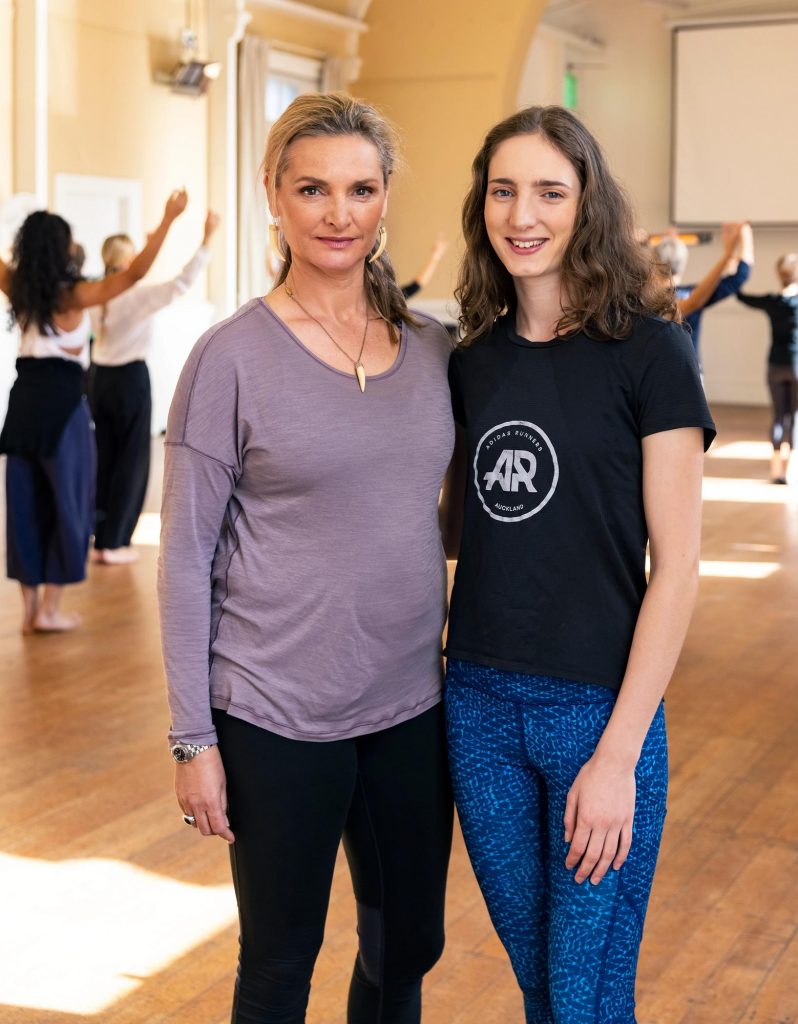
IMAGE SUPPLIED
Merenia knows her mother was with them in spirit throughout the performance in August.
“I just feel like this is what I need to do. Mum’s karanga is in the work. Tiahuia is all the way through it. It’s her story.’’

